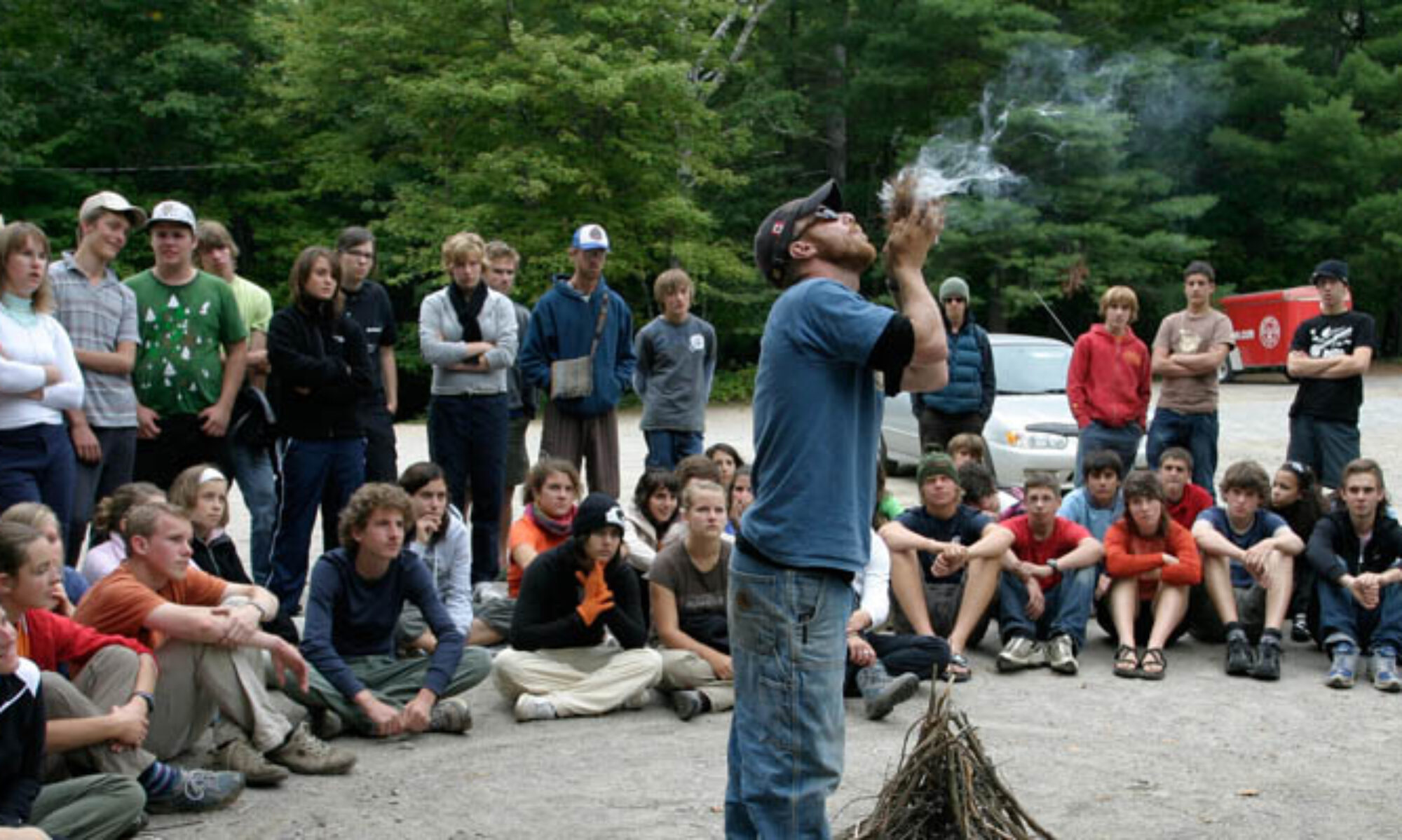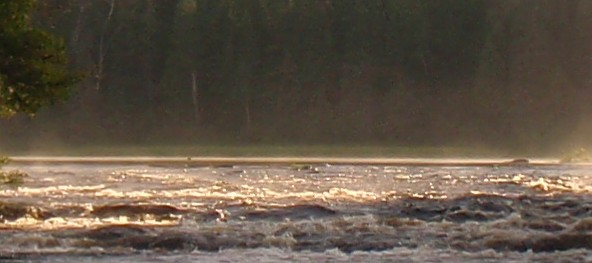[box]
Our Rivers
[/box]
Check out a map of our common rivers: River Map
Coulonge
The Coulonge River is the least inhabited of the three sisters river (Dumoine, Noire and Coulonge) and still carries a feel of remoteness almost all the way to the end of our trip route. Well-worn portage trails and forgiving rapids make this a prime river for beginners. Many consider this the finest tripping river in western Quebec. The river is 270km and runs Southwest from its headwaters in La Verendrye Wildlife Reserve to the Ottawa River at Fort Coulonge, Quebec. The river is rich in history, being used by Native Americans and Courier de Bois during the fur trade. The river was also logged for almost 150 years, the last log drive happened in the spring of 1984, it played an important role in the Ottawa Valley’s economy.
Some of the most popular features on the Coulonge are:
- Double Trouble
- Tall Pine
- Keel Hauler
Between the many rapids the river meanders through beautiful Western Quebec, and keep watch for Great Blue Herons, Barred Owls and Spotted Sandpipers as they are a common site along the shores of the river.
Noire River
The Noire River has an almost creek-like charm. It has some of the longest continuous rapids of the 3 sisters (Noire, Coulonge, Dumoine). Starting off approximately 90 km from the mouth we experience the best the Noire has to offer. As though made for canoeing, the shallow technical runs offer boaters excellent playtime. The more technical class III rapids are “pool and drop”, offering a good challenge for the adventurous. The Noire’s pushy current, tight turns, and tighter portages make it a must paddle for those interested in a truly classic creek run. Some of the most popular sets on the Noire are:
- Fifty-fifty
- Targy
- The Wall
- Boulder Race Way
Campsites on the upper part of the river tend to be surrounded by mixed forest, and toward the lower part of the river become spacious beach havens. Parts of this route can be challenging, but out talented staff will teach you what you need to know to enjoy this journey!
Dumoine River
The Dumoine is another of the 3 sisters (Dumoine, Coulonge, Noire) which flow to the Ottawa River starting in La Verendrye Wildlife Reserve. Flowing 129 km the Dumoine meanders through the Canadian Shield with gentle current and rapids that are great for beginner paddlers and great to play around on for the more experience. The river is mainly known for canoeing and fishing but also has a rich history from the Native Americans, Fur Trading and Logging. The river is minimally inhabited, which provides a true wilderness experience in the vast wilderness.
Paddling the Dumoine is thrilling and rewarding; the current is fast and a vast majority of the rapids are runnable, which is perfect for canoe tripping. Some of the most popular rapids on the Dumoine are:
- Triple Play
- Canoe Eater
- Big Steel
- Grande Chute
- Red Pine
Petawawa
Some say the Petawawa with its 90 km of untouched beauty is the birthplace of whitewater canoeing in Canada. We often begin at Lake Travers, site of the Algonquin Radio Observatory. From here we travel through the heart of Algonquin Park on some of the Petawawa’s most known features:
- Grillade Rapids
- Crooked Chute
- Rollway rapids
- Natch, a set of rapids under magnificent 30 meter cliffs adorned with rare ferns.
The Natch is an historic Native Canadian gathering place to celebrate nature’s summer bounty. From here the river is truly a whitewater playground where most of the rapids are “run-able” and portages are rare. The Petawawa presents an exciting challenge for novice to intermediate paddlers. Long stretches of continuous class I rapids are an ideal opportunity to practice those peel-outs and eddy turns.
Missinaibi River
The Missinaibi River is known for the legacy of its age-old pictographs and has been celebrated for its role as a vital northern trading link between freshwater shores and a salt water sea. At 426 kilometres in length, the Missinaibi is one of the longest untouched rivers in North America. Protected as an Ontario waterway provincial park, the Missinaibi runs wild and free, heading northeast from its lake source north of Chapleau until Moose River. Surrounded by beautiful cliffs, the feel of the northern shores fills your canoe-trip with enjoyment at every bend. Some of the main features for which the Missinaibi is known for are:
- Thunderhouse falls
- Split Rock falls
- Wavy rapids
- Greenhill Rapids
- Devils Shoepack
- Quittigene rapids
- Peterbell Marsh


